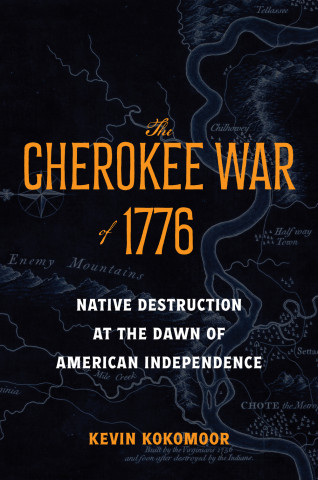
Reviews
Detailed and handsomely illustrated, this work is an original contribution to the history of 19th-century science.
It is surprising that the history of meteorology in the United States has waited so long for a serious historical analysis... American historians, especially those with little previous understanding of American science, need to read this book.
Fleming's important contribution to our understanding of science during its formative period in America is to show the extent to which meteorology was shaped by cultural values.
Fleming's well-documented book is based on an impressive list of primary sources. Particularly useful are the numerous maps, illustrations, and graphic representations that document the constructs of data and theory as these changed over time.
A welcome addition that fills one of the major gaps in the existing literature on the history of meteorology.





